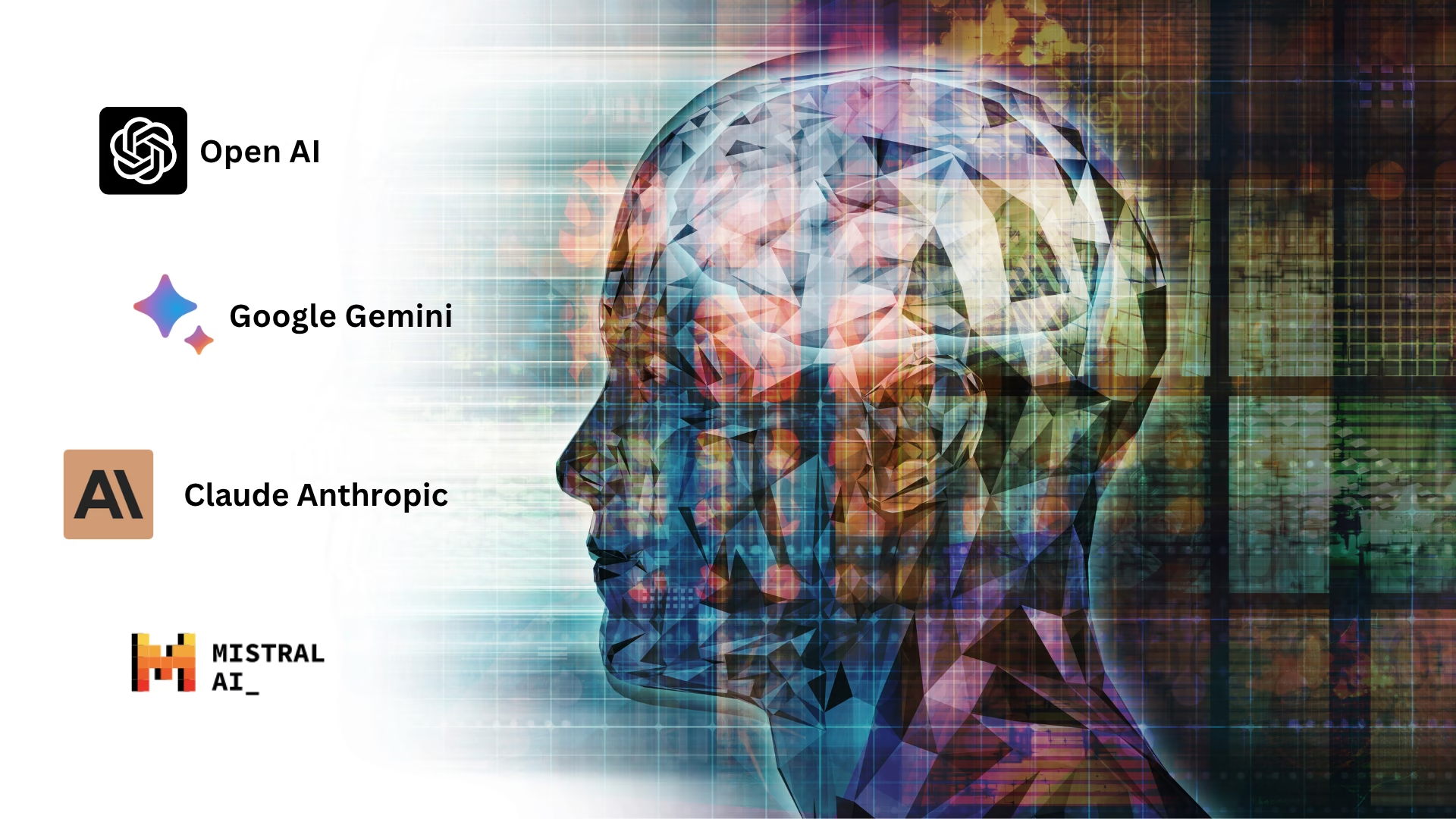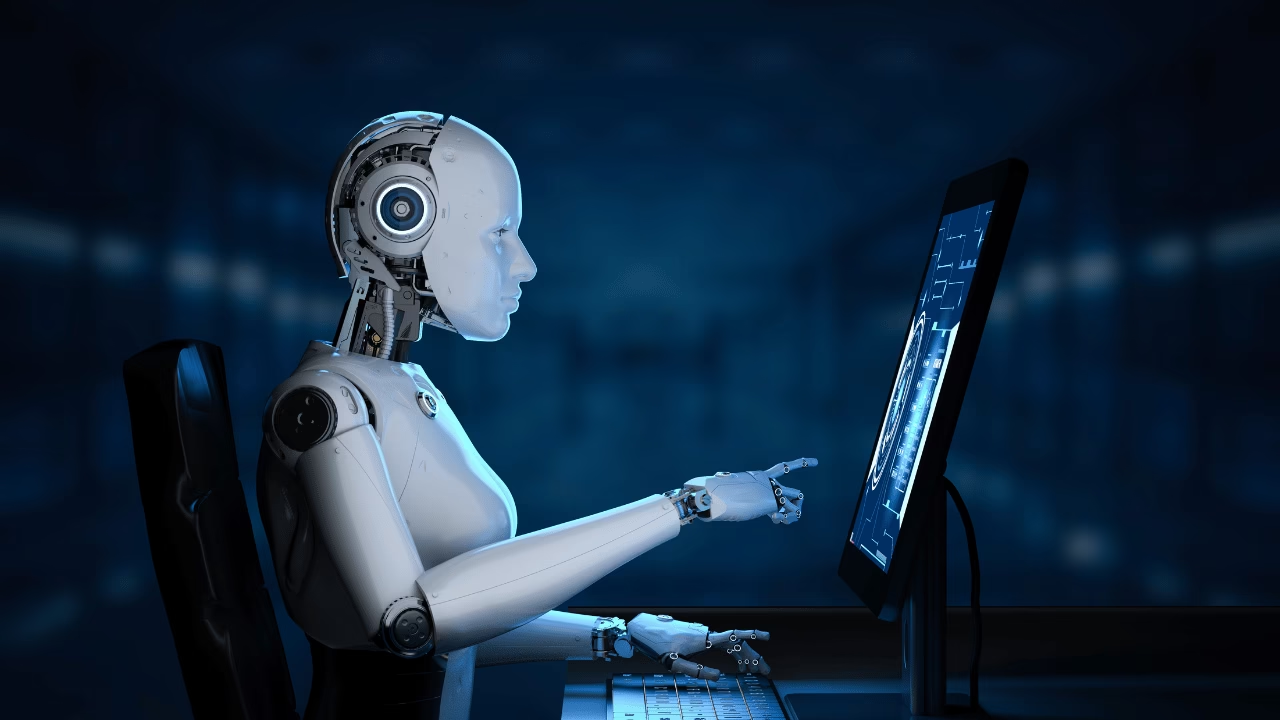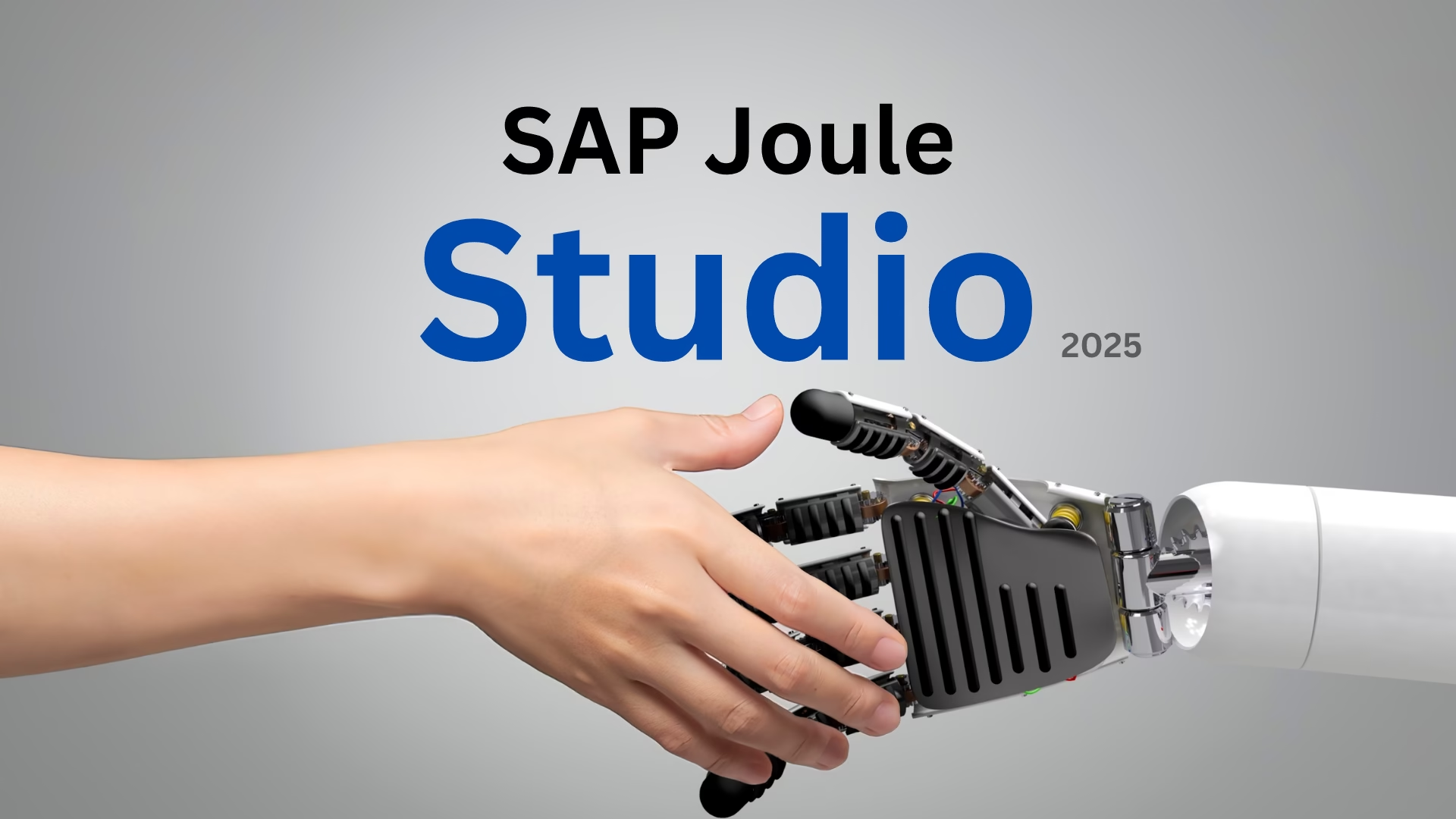SAP’s Bold Move: No More Painful Prompt Engineering for New Models
SAP has introduced a game-changing feature that addresses one of the most persistent pain points in AI implementation: the labor-intensive process of prompt engineering across different models.
The Problem That’s Been Holding Us Back
Picture this scenario: you’ve crafted the perfect prompt for your AI application using the Model A (ex. OpenAI chatGPT). Your system goes to production, users are happy, and everything runs smoothly.
Then Model B (ex. Google Gemini) launches with better performance and lower costs. And you want to switch to Model B.
The catch? Your carefully engineered prompts don’t work optimally with the new model. You will be faced with weeks of manual re-engineering, testing, and validation just to make the switch.
This model lock-in problem has been hidden. Teams often stick with suboptimal models simply because the cost of switching outweighs the benefits.
Enter SAP’s Prompt Optimizer: AI That Engineers AI
SAP’s new prompt optimizer in AI Foundation on SAP BTP fundamentally changes this equation.
Think of it as having an expert prompt engineer who instantly understands how to adapt your use case for any model in your toolkit.
The technology works by analyzing your existing prompts and automatically generating optimized versions tailored for different models.
This isn’t just translation—it’s intelligent adaptation that considers each model’s unique strengths, formatting preferences, and reasoning patterns.
Why This Partnership with Not Diamond Matters

The collaboration with Not Diamond brings crucial expertise to this solution. Not Diamond has built their reputation on model-agnostic approaches, meaning they understand the nuances of how different AI models process and respond to prompts.
This partnership ensures that SAP’s optimizer doesn’t just work with today’s models, but is designed to adapt to future AI innovations as they emerge.
The Bigger Picture: A Multi-Model Future

This development signals a maturation in how we think about enterprise AI architecture.
Rather than building systems around specific models, we’re moving toward model-agnostic infrastructures that can leverage the best tool for each job.
Consider the implications: Your customer service AI could use the most cost-effective model for routine inquiries while automatically switching to more sophisticated models for complex problems—all without manual intervention or prompt re-engineering.
Conclusion
The speed of AI innovation means new models emerge regularly, each with distinct advantages. SAP’s approach removes the friction that previously made adopting these improvements a significant undertaking.
The era of being married to your AI model choice appears to be ending, replaced by the flexibility to continuously optimize for performance, cost, and capability as the AI landscape evolves!
🤔 What if the smartest career move you make this year is learning SAP AI? Discover the SAP AI Masterclass on Udemy (crafted by Ex-SAP Employees)



